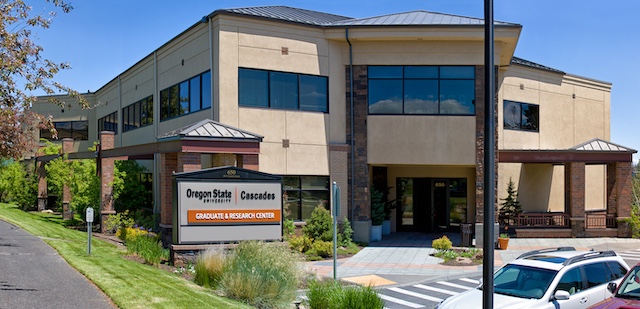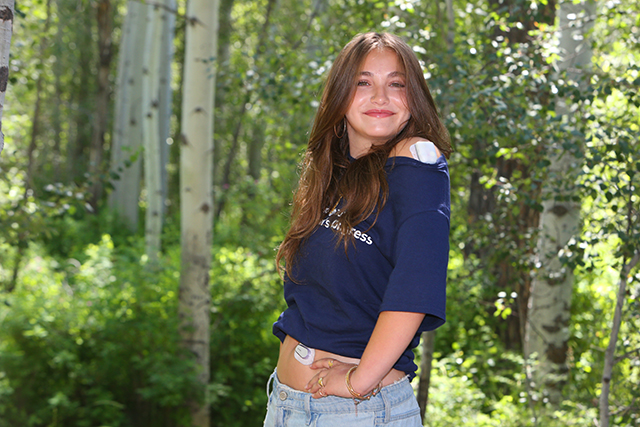Movement of Life
Published 12:00 am Saturday, October 17, 2015

- Movement of Life
Bodies adorned in a white abadás move to the haunting beat of the rhythmic music. Bare feet and arms eloquently converse with kicking, swaying, and cartwheel-like motions. As the dancers play together in attack and defense sequences, they also smile.
The children in the class smile and laugh, too, as they move in structured playfulness with the teacher, with one another, and with their parents.
“Capoeira is a metaphor for life,” said Loren Mahaffey. She is a mother and a capoeira instructor, who plays in class with her 5-year-old son, Raven, and occasionally kneels next to him to roll up the cuffs of his abadá. “Every day is different – just like every day in life.”
Mahaffey’s sentiment is one that is reflected by many who participate in the Afro-Brazilian martial art form, a practice that maintains elements of dancing, music and playing. The capoeira game is a record and a conversation of life that embodies evolution, growth, and change, as participants practice balance, strength, and rhythm.
Its origins stem from colonial Brazil, when Portugal transported millions of slaves to its colony in South America over a 400-year period. Due to a lack of written records from the time, the origins are not concrete, but it is generally believed that capoeira likely developed in colonial Brazil to express and protect West African culture.
The non-contact martial art is at once a philosophy, an art form and a dance.
After slavery was abolished in Brazil in 1888, the dance became illegal until the 1930s when the first capoeira academy was established and began to formalize training. As time passed the martial art became widely practiced, and now it is celebrated as a Brazilian national treasure. The evolution and change of this moving tradition echoes how perspectives in life – both large and small – also shift with time.
Now, it is a tradition and art that is being celebrated and practiced right here in Bend.
The first moment that Scott McBride witnessed the playing of capoeira, about 20 years ago in Fort Collins, Colo., he immediately knew that it needed to be a part of his life.
“It brought me joy to just know that humans on the planet do that,” McBride said.
The martial art embodies many experiences that draw people in – such as dancing, music, cultural history, art, fitness, and philosophy. When McBride first witnessed capoeira, it was at a time in his life when he was opening himself up to new opportunities and cultural experiences.
A few months later McBride traveled to Brazil, where he played capoeira with children on the beach, and trained some with mestres. In 1998, he attended his first batizado, an event where nicknames are bestowed and a progression of chords (similar to belts in other martial arts) are presented. At the event, in Tucson, Ariz., a mestre gave McBride his nickname – Embauba – representing a tall medicinal tree in Brazil with silver leaves.
McBride carried capoeira with him throughout his somewhat nomadic life, while he worked in positions such as a raft guide, carpenter, Outward Bound instructor, ski bum, and river ranger for the Forest Service. He and his family moved to Central Oregon in 2007, but as capoeira was not offered, McBride and his son, Liam, earned black belts together in taekwando.
Last February, McBride launched a capoeira group in Central Oregon. Inspiration stemmed from a project of Mestre Acordeon, who teaches in Berkeley and was one of the first to bring capoeira to the United States. The mestre recently celebrated his 70th birthday by traveling on bicycle from California to his hometown in Brazil, filming and documenting capoeira along the journey.
The project inspired McBride to reflect and to ask himself what he was doing with his life and how he could share with others. The answer came. He would bring Capoeira to Bend.
“Now there is the added element of having the humble privilege and joy of sharing capoeira with Central Oregon,” said McBride, who now cultivates in others what first inspired him so many years ago.
Capoeira classes include warm-ups (such as playing tag), speaking Portuguese, making music, learning attack and defense sequences, and the play between two people communicating through the dancing martial art in jogo de capoeira.
The soulful perspective of Central Oregon, said McBride, in addition to the mix of individuals who have an eye to overall wellness and open-mindedness, make this a perfect place to embrace capoeira.
“It is another opportunity to do something completely unique to incorporate elements of fitness and recreation and all of it, but it can develop an inner and outer person you may not expect,” McBride said.
One of the things McBride loves about teaching is seeing the spark in children’s eyes after they hear the music or understands a certain dance move. It is a special experience for parents to actively participate with their children, and make a connection through both play and fitness.
“It’s really a fun thing to be able to do together, and understand together,” said Mahaffey, as she reflecting on playing capoeira with Raven. “We get to playing the jogo together and move together, and he is inspired by what he sees me doing, and I am inspired by what I see him doing.”
Ely Blackwood has been practicing with her two sons since Bend classes began in February. Blackwood first saw capoeira when she and her husband were in Chile, and was drawn by the grace of the dance. In the last six months, she has noticed the strength in her body improve, and she appreciates how she and her sons encourage one another during classes.
“When we get home we are singing the songs and laughing and it gives us one more thing to connect about,” Blackwood said. “I love that they are excited to do this with me.”
Her sons enjoy it, too.
“I like the music and the exercise,” said 9-year-old Ever, Blackwood’s eldest son.
While there are many complex elements to the moving art form, and a large international community of capoeiristas that participants immediately feel connected to, it is also a practice of personal growth.
Capoeira helps people face their fears, explained McBride, and challenge comfort zones. For Mahaffey and Blackwood, it is also about freeing the mind to allow movement of self-expression, for both adults and children.
“I am forever a student of capoeira myself,” McBride said. “There is no end – definitely a beginning – but no end to what you can learn.”








